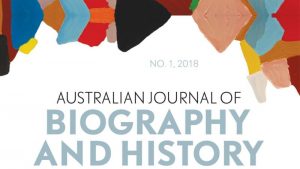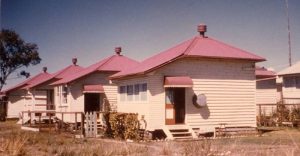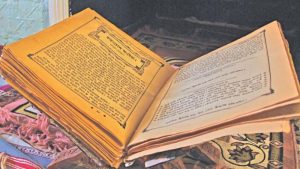PHA Qld member Jan Richardson has been awarded a Visiting Fellowship with the Harry Gentle Resource Centre at Griffith University, which supports research on Queensland’s pre-1859 history, including that of the region’s First Nations people, the Moreton Bay penal settlement (1824-1839) and the free settlement era from 1842. Her project, “Offenders, paupers and ‘pioneers’: Convict women and their families in pre-Separation Queensland”, will compile biographies of convict and ex-convict women, along with family trees, photographs and a register of burial places.
The contribution of women to the transformation of Moreton Bay from a penal settlement in 1839 to the newly-established colony of Queensland in 1859 has long been overlooked. In 1851, the New South Wales census of the ‘Northern Districts’ — encompassing Brisbane, Ipswich and the wider Moreton Bay area — comprised 4,510 adult males and 1,180 adult females aged 21 and over. Of these, there were 2,224 male and 107 female convicts and ex-convicts who had already moved north from New South Wales and Van Diemen’s Land. In addition, research shows that male and female ex-convicts (emancipists) continued to arrive in Queensland long after 1851.
While the life stories of female ex-convicts are now being told, particularly in Tasmania, the post-convict lives of Queensland’s female emancipists are far less visible. Hannah Rigby is notable as the only female convict to serve a term of secondary punishment at the Moreton Bay penal settlement and choose to remain in the district after obtaining her freedom. Dr Jennifer Harrison’s research has detailed Rigby’s post-convict life in Brisbane until her death after attending a neighbour’s wedding celebrations in 1853.
However, only a handful of other female ex-convicts present after the Moreton Bay penal settlement closed in 1839 have been mentioned in publications by historians and descendants. Jan Richardson’s 2013 study, ‘Invisible stories’, identified 41 such women, while an additional 25 ex-convict women have since been discovered in Queensland records or revealed through research by descendants, but nearly half of the 107 women who arrived in Queensland prior to the 1851 census have still not been identified.
Of the female emancipists whose life stories have been traced, the earliest to arrive in Brisbane was Sarah Davis, transported to New South Wales on the Burrell (1832). Sarah married merchant and trader John Williams in Sydney in 1837 when she was about 49 years old and was granted her certificate of freedom in 1839. In 1841, Williams was granted permission to trade in Moreton Bay and Sarah accompanied him to Brisbane in late 1841 or early 1842. Sarah died in Brisbane in 1849 and while she did not have any children with Williams, the indent of the Burrell reveals that she left four children behind in London when she was transported to Sydney in 1832.
In contrast, Sophia (Keziah) Grantham, transported to Van Diemen’s Land on the Rajah 1 (1841), did not move to Queensland until about 1855. By 1865 she was legally separated from her husband, John Tregilgus, and running a Rockhampton hotel under the name ‘Mrs Keziah Tregilgus’. In 1873, Keziah’s only surviving child, Ruth, died shortly after the birth of her sixth child. Keziah, who had contracted syphilis as a young woman, died a few weeks later at the age of 52 years. Keziah Tregilgus and Ruth Eyles (née Tregilgus) are buried in the Springsure Cemetery, 260km west of Rockhampton.
Jan Richardson is keen to make contact with historians, researchers and descendants of female convicts and ex-convicts who settled in Queensland after the penal settlement closed in 1839. Please contact her via email: harrygentle@griffith.edu.au



